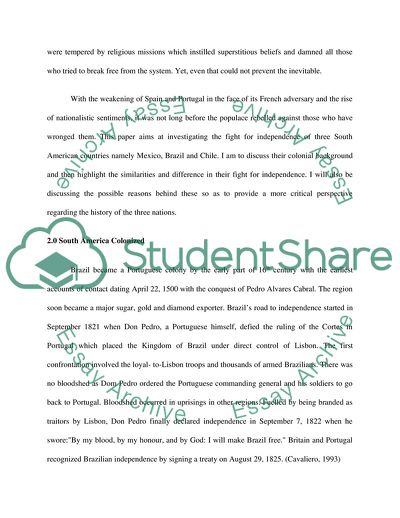Cite this document
(The Path to Independence: The Case for Mexico, Chile and Brazil Term Paper, n.d.)
The Path to Independence: The Case for Mexico, Chile and Brazil Term Paper. Retrieved from https://studentshare.org/history/1709644-independence-of-latin-american-nations-between-1810-and-1820s
The Path to Independence: The Case for Mexico, Chile and Brazil Term Paper. Retrieved from https://studentshare.org/history/1709644-independence-of-latin-american-nations-between-1810-and-1820s
(The Path to Independence: The Case for Mexico, Chile and Brazil Term Paper)
The Path to Independence: The Case for Mexico, Chile and Brazil Term Paper. https://studentshare.org/history/1709644-independence-of-latin-american-nations-between-1810-and-1820s.
The Path to Independence: The Case for Mexico, Chile and Brazil Term Paper. https://studentshare.org/history/1709644-independence-of-latin-american-nations-between-1810-and-1820s.
“The Path to Independence: The Case for Mexico, Chile and Brazil Term Paper”, n.d. https://studentshare.org/history/1709644-independence-of-latin-american-nations-between-1810-and-1820s.


